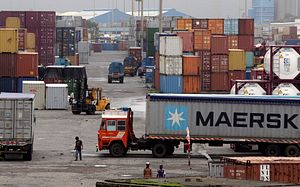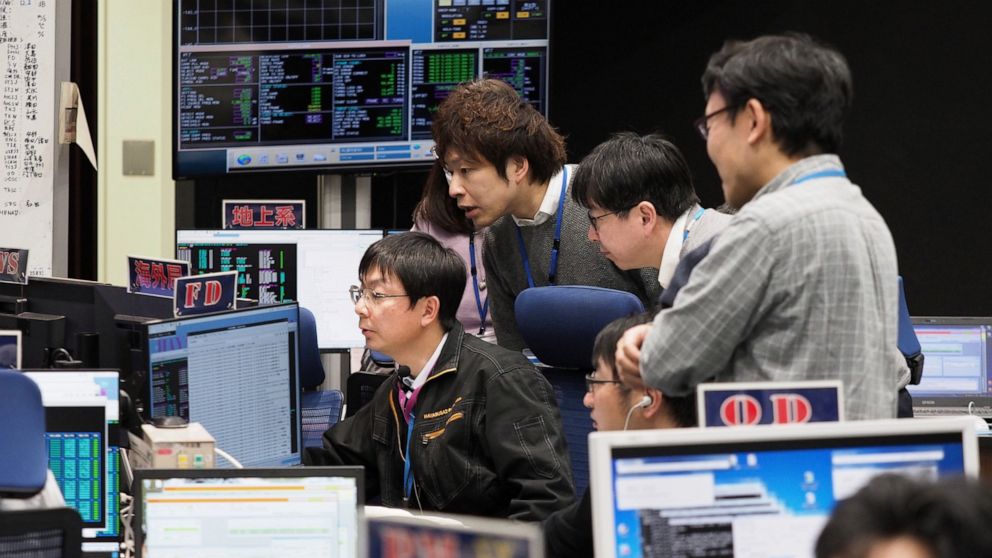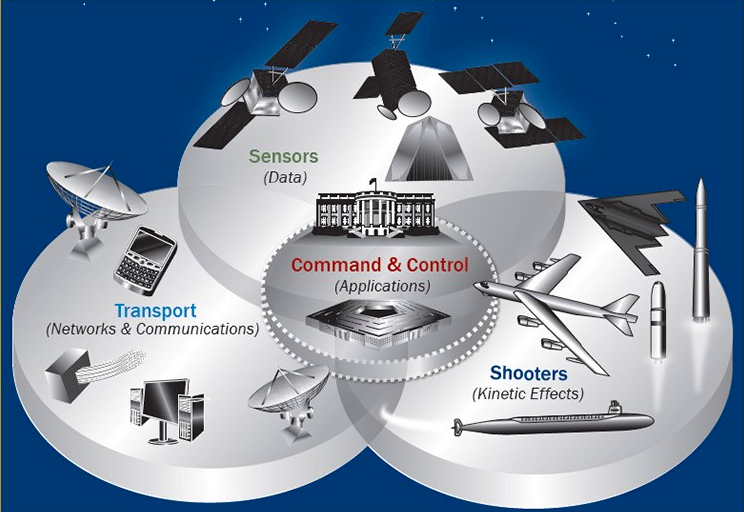ARVIND GUPTA, RUDRA CHAUDHURI, HARSH PANT, REUBEN ABRAHAM, NITIN PAI
The current public health crisis in India is devastating. On April 22, 2021, India recorded over 330,000 COVID-19 cases and 2,000 fatalities. It is unlikely that the second wave of the pandemic will level out anytime soon. The desperate need for oxygen, medical supplies, and hospital beds has overwhelmed public and private health facilities. Clearly, the state machinery will need to be mobilized in this war against the fast-spreading disease that appears to mutate in different ways and forms at a shattering speed.
To arrest this crisis, there is an equally urgent need to accelerate India’s vaccine drive. India, as is well known, is one of the world’s largest producers of COVID-19 vaccines. “Made-in-India” vaccines have been delivered—by way of aid and under commercial contract—to ninety-five countries across the globe. From Argentina to Bangladesh and El Salvador to Sierra Leone, India has distributed 66.2 million vaccines to date.
However, India is currently facing an acute vaccine shortage at home. On April 19, the Indian government announced that Indians above the age of eighteen will be eligible to get their shots. Making sure that the tens of millions of Indians are able to access vaccines is the only way in which a country as geographically challenging as India will be able to turn the tables on this fast-moving disease.
Yet, without the support of Joe Biden’s administration in Washington, this ambition—of delivering vaccines across India—is at risk of remaining just that, an ambition.























